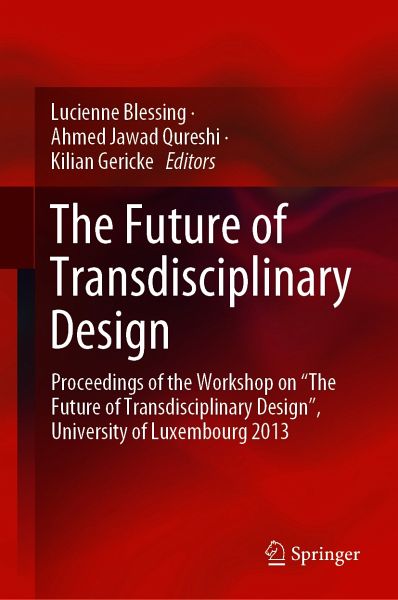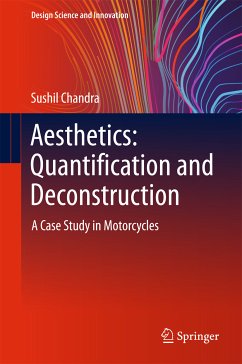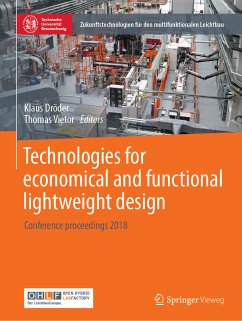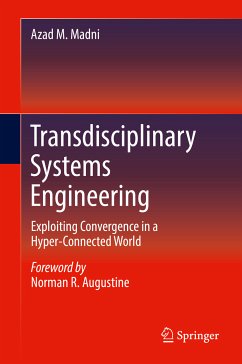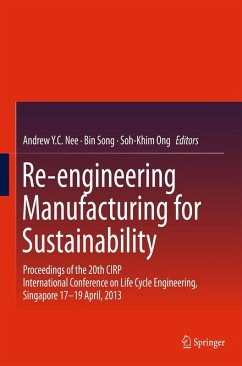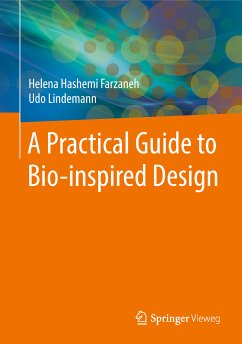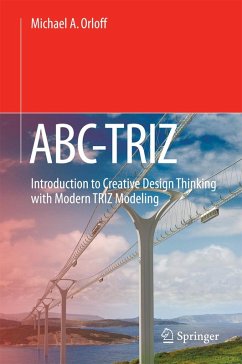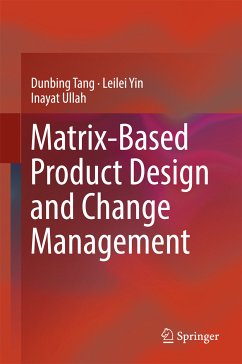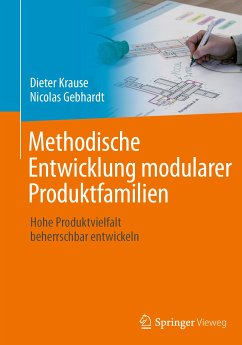Lucienne T.M. Blessing, Co-Director, SUTD-MIT International Design Center (IDC), Professor, Engineering and Product Development Pillar. Singapore University of Technology and Design (SUTD) Lucienne studied in Delft (MSc) and Twente (PhD), was lecturer at University of Twente (Netherlands);Senior Research Associate at Cambridge University Engineering Design Centre; Vice-president for Research and International Relations and Professorin Engineering Design and Methodology at Technical University Berlin; vice-president for Research and Professor in Engineering Design and Methodology at University of Luxembourg; interim Director of University of the Greater Region (a consortium of 6 universities in Germany, France, Belgium and Luxembourg). Lucienne has 30 years of teaching experience in product development and design research, supervised over 30 PhD students, was Editor-in-Chief (Europe) of Research in Engineering Design (Springer), translated Pahl and Beitz' Engineering Design with Ken Wallace, and co-founded the Design Society and served on its Management and Advisory Boards for 18 years. Research interests: Empirical studies into design;Design theory, methods and methodologies; System design; User experience; Design research methodology, Transdisciplinarity. Ahmed Qureshi, Department of Mechanical Engineering, University of Alberta Ahmed is an Assistant Professor at the Department of Mechanical Engineering at the University of Alberta and leads the Additive Design and Manufacturing Systems (ADaMS) Lab. He holds a Master and Ph.D. in engineering design from Arts et MetiersParisTech, France. His research interests include additive manufacturing, product design, engineering design, engineering education, design for X, design optimization, and manufacturing systems design. Ahmed has been actively involved in research in engineering design education and has been involved in a number of initiatives of program restructuring, curriculum, and course development, and improving the student learning experience in a rapidly evolving technical higher education industry through the use of cross-disciplinary tools and technologies. Ahmed's expertise lies in the area of design and development of metal, polymer, and polymer composite additive manufacturing (AM) systems, AM for microfluidics, and design and manufacturing systems automation.His research has made a number of breakthrough improvements in the area of additive manufacturing systems design, specifically in the area of next-generation material jetting for engineered functional materials, design of ferromagnetic composite materials for 3D printing, and development of Ni-WC metal-ceramic 3D printing materials and manufacturing systems for Canadian Oil sands, and robotic wire-fed arc-based 3D printing systems. Qureshi is also an ambassador for technology in engineering education as well as the extended reality (XR) for the Cognitive Projections initiative of the Faculty of Rehabilitation at the University of Alberta. Kilian Gericke, Professor, Chair of Product Development, University of Rostock, Germany Kilian is a design researcher with a background in mechanical engineering. He studied Mechanical Engineering in Berlin, Germany. From 2010 until 2019 he worked at the University of Luxembourg in the engineering design and methodology group. Since April 2019 he holds the chair of Product Development at the University of Rostock, Germany. Kilian's research is in the area of product development with a focus on design methodology and design process management, i.e. design process planning, design process improvement, and systematic support of designers (design methods, guidelines, design principles) during the early stages of product development with a particular interest in function modelling. He is interested in the effects of new concepts such as Product Service Systems (PSS), Cyber Physical Systems, and of new manufacturing technologies such as Additive Manufacturing (3D printing) on the design process and in the development of new design methods that support designers in this context. He is co-editor of the book "Pahl/Beitz Engineering Design" and co-author of the revised VDI 2221 guideline.
